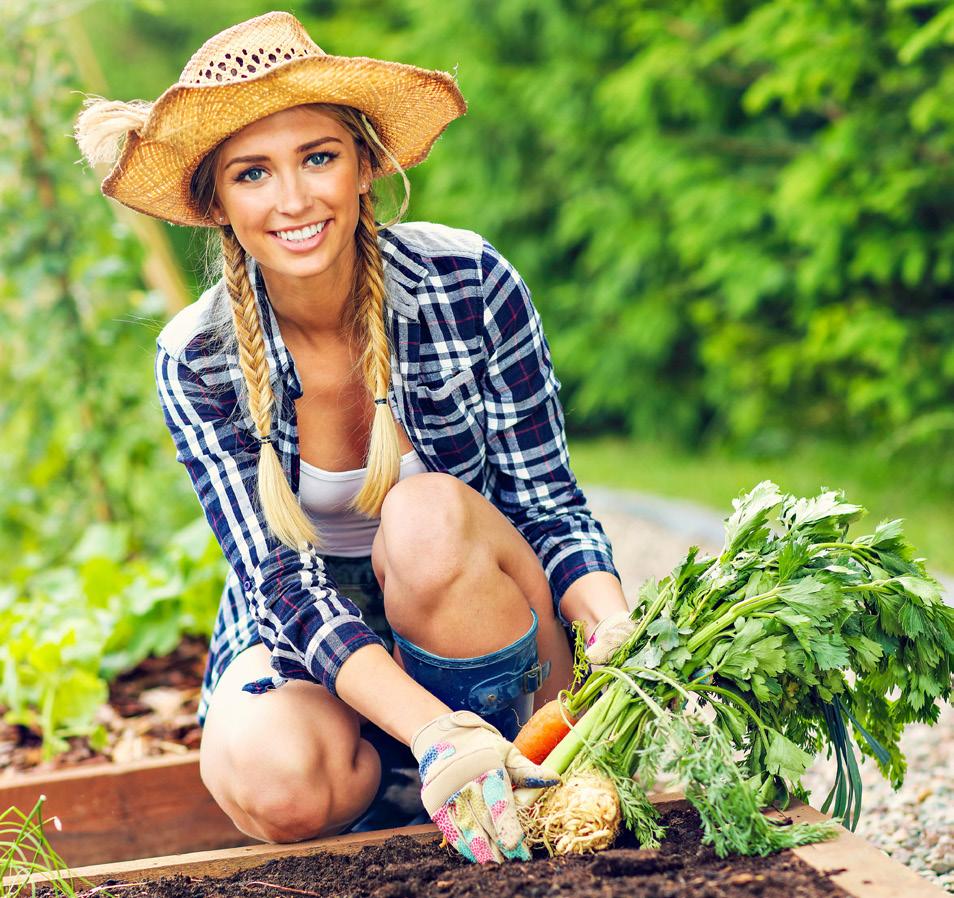
2 minute read
How does your garden grow?
By Vicki Martinka Petersen
The motto “go big or go home” might be applicable in sports, but beginner gardeners might find going small more successful.
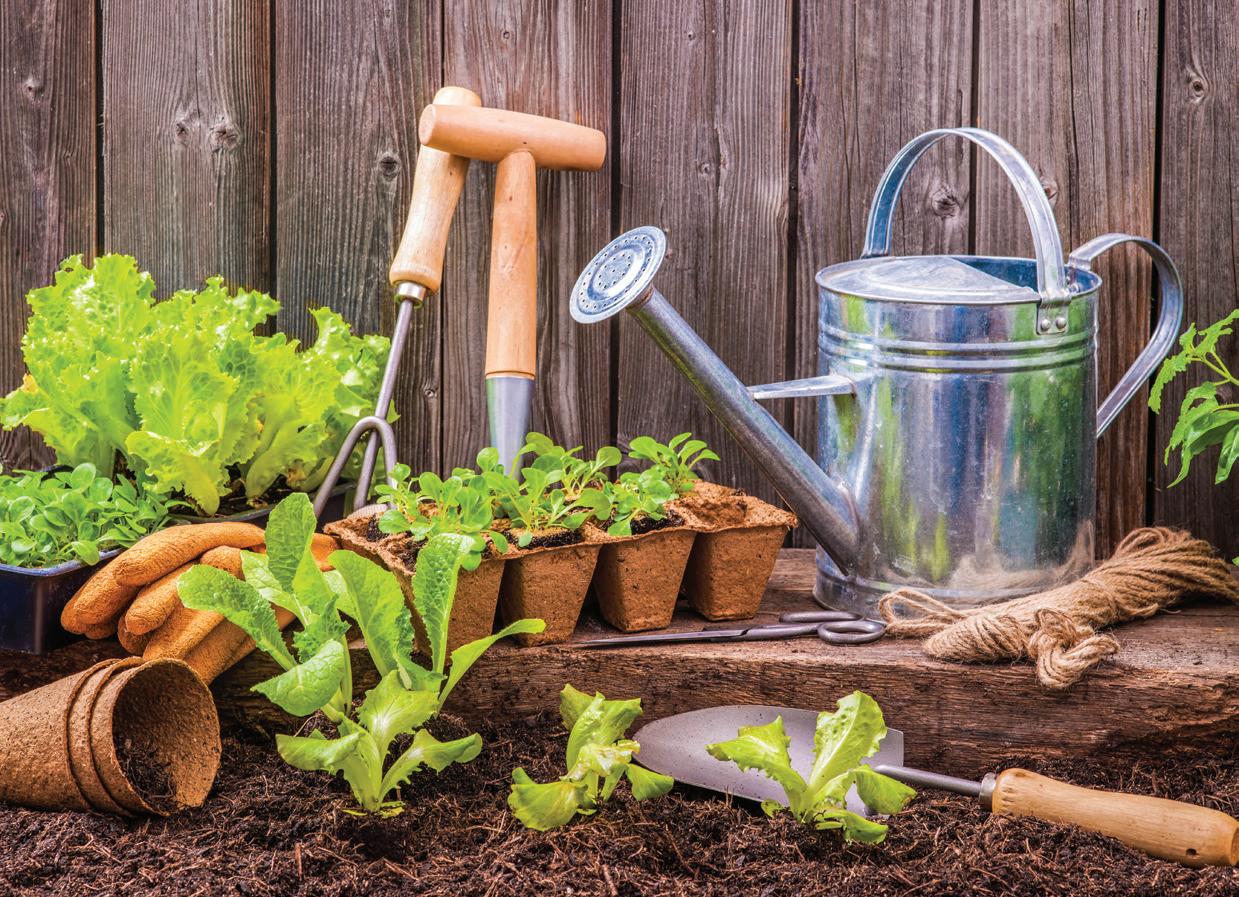
“You don’t want to start out too big and get overwhelmed. It’s better to start small and grow with your garden,” recommends Penny Monkemeyer of Winding Creek Nursery in Millbrook.
When deciding where to plant your garden, it’s all about location – some place with plenty of sunlight and close to the house so it’s easy and accessible to get to.
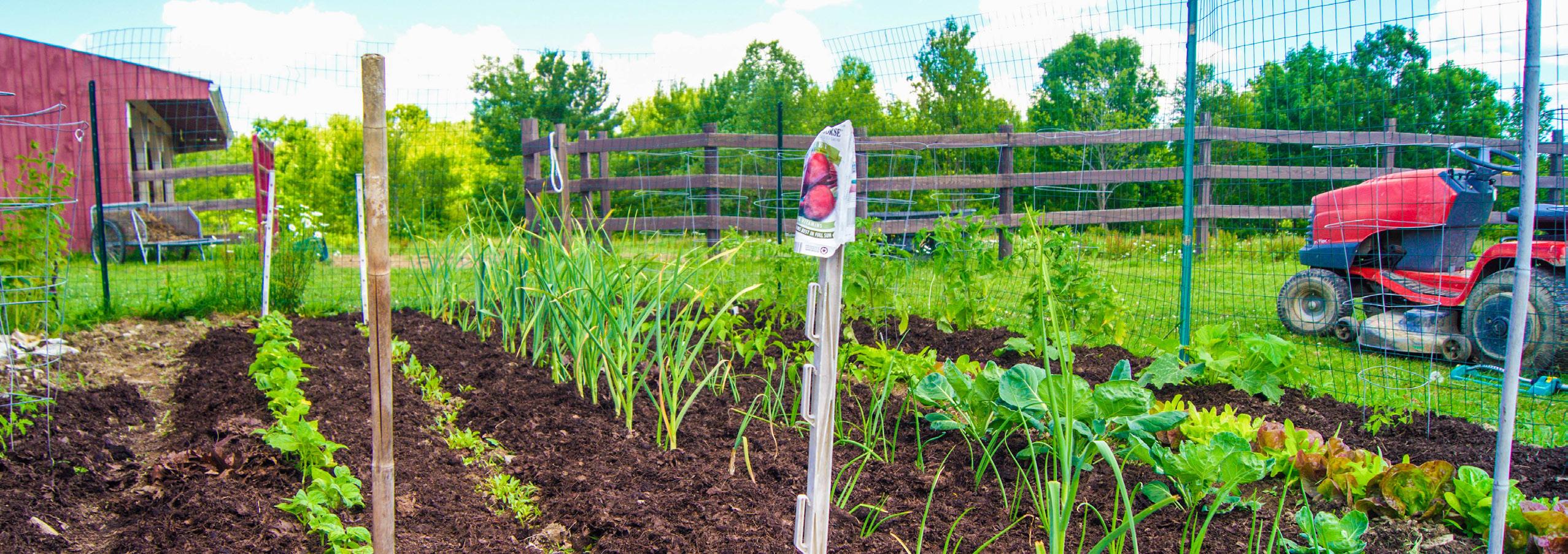
“Ideally, you want 2 to 3 feet between plants like peppers and tomatoes, so they have room to grow,” she explains. “Giving your plants enough space also helps prevent overcrowding.”
Additionally, if plants are too close together, it can prevent the air from circulating around the plants, leading to fungus and infection, she adds.
When you’re ready to start planting, hand trowels and hand cultivators are good to have, especially if you’re doing container gardens. Hoes help plant your garden in straight rows. Monkemeyer also suggests getting a garden hose that won’t get kinked and a water wand to control the flow of water into a gentle spray.
Depending on what you plant, items like a cage can help plants like tomatoes stay upright and grow straight. A pea fence can help plants grow up and keep rot out. Adding a perimeter around a garden like a small fence can help keep rabbits and deer out, she notes. As for what to grow, spring is the perfect time to grow cold crops. These include broccoli, cauliflower, cabbage, Brussels sprouts, spinach, lettuce and radishes.
“You can even plant them again later in summer when temps get cooler again,” Monkemeyer says.
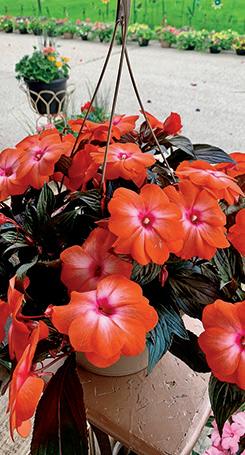
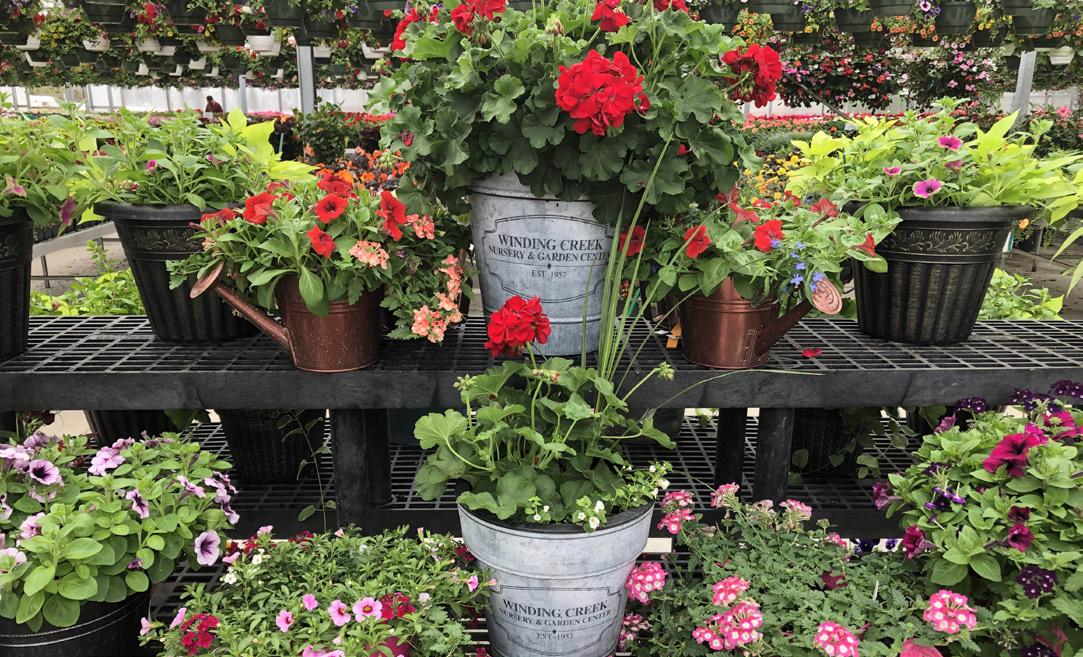
April is also a good time to plant onions and potatoes. When it comes to onions, people can choose between an onion set – a bulb plant that grows into a table onion like green onion – and an onion plant, which looks like an onion and grows to be a big sweet onion.
After the last frost, typically around mid-May, it’s safe to plant peppers, tomatoes, squash and cucumbers.
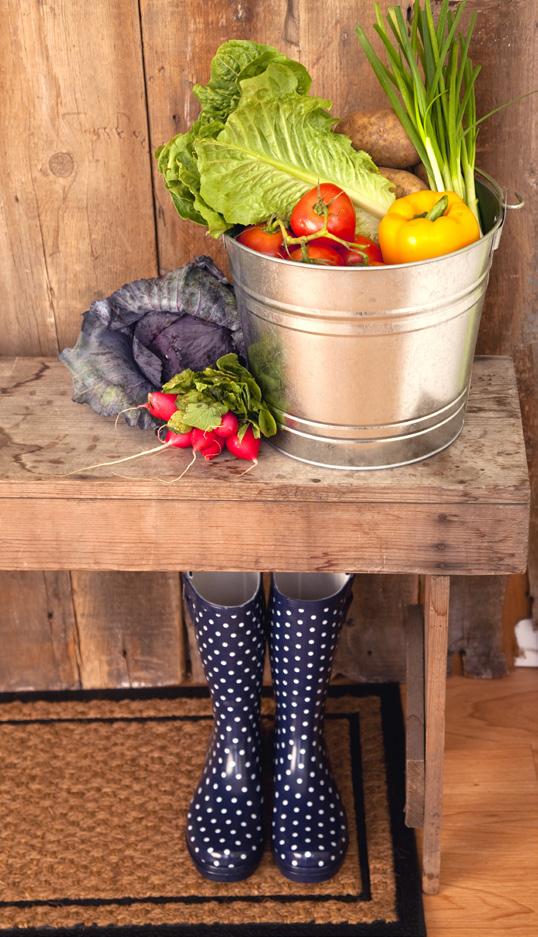
“You can plant them before that date, but then you need to watch for frost threat,” Monkemeyer says.
For yards that don’t get a lot of sun, Monkemeyer says there are plenty of plants that thrive in the shade including lettuce, spinach, kale, carrots, broccoli and cauliflower.
“You also can grow a nice herb garden with partial shade,” Monkemeyer adds.
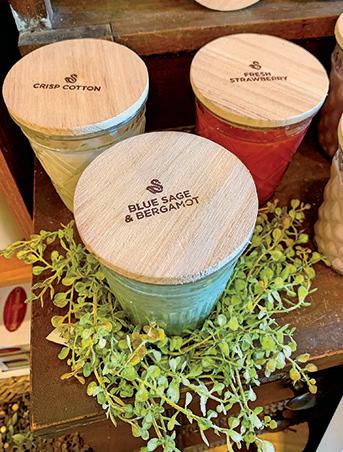
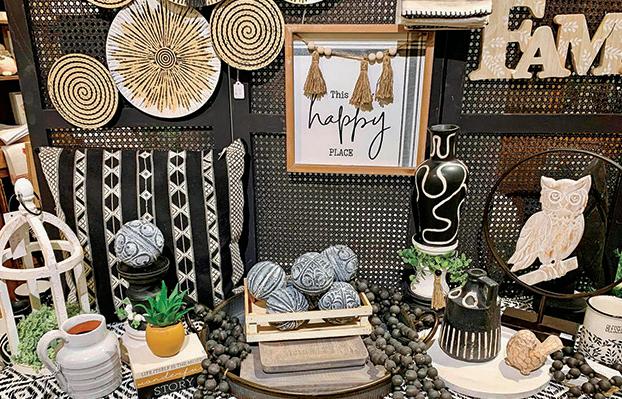

Once your garden is planted, Monkemeyer recommends getting a rain gauge to help determine if you need to water.

“People might think a light sprinkle produces enough water but it’s probably not,” Monkemeyer says.
It’s best to water in the morning or early evening. When you water, she suggests watering down by the roots, not the whole plant. If you underwater, definitely start watering again.
“If you see the plant wilting and give it a good drink, it will perk back up,” Monkemeyer says.
Likewise, if you overwater, loosen up the soil by hand to help dry it out, she adds.





